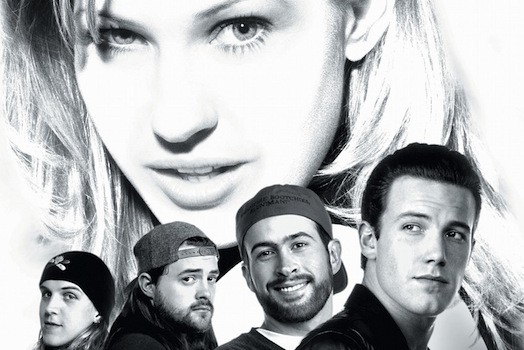10/10 vision: LGBTQ movies that misrepresented and missed the mark
LGBT characters are gaining visibility both on television and in the movies; but, like the various struggles within the gay rights movement, it isn’t happening overnight. We waited until 1997 to see our first openly gay leading character on TV and yet, Ellen was cancelled the following season. We have long anticipated our time in the spotlight; even still, the light shines on certain characturers that may not hold true to the population.
While it may appear unimportant in comparison with the struggle for basic human rights, media visibility has a profound impact on the perceptions of the general population. Violence on-screen, for example, has been linked to the increase of violence off-screen. Likewise, when the LGBTQ community is misrepresented in the media, the public, especially those who have little contact with people of our community, is often led to erroneous belief and widespread misunderstanding. Unfortunately, many (mis)representations of gay, lesbian and transgender characters capitalize on stereotypes and outrightly portray these characters as violent, impoverished or predatory.
Although the social climate may limit what the media can and cannot address, the media also has significant influence on our social climate–which puts us in a catch 22 of sorts. Because of its vast reach, improper representation in film often limits or even encourages mainstream perceptions of minority cultures. While we hope—with the increase of open LGBTQ actors and characters—we’ll see a shift from these inaccurate portrayals, we still find ourselves having to dispel these distortions. So, without further adieu, ten of largest offenders:
10) Kissing Jessica Stein
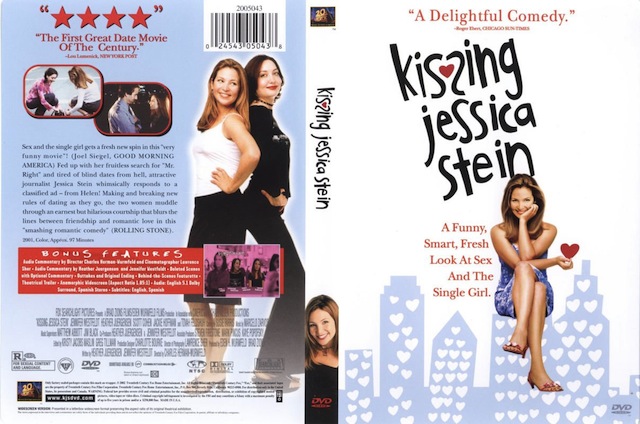
Starting our count-down with the simply obvious, Kissing Jessica Stein is your run of the mill girl meets girl, girl falls in love, lesbian death bed happens, and girl switches teams. This is not a rant against bisexuality, either–the premise is that she’s a lesbian. It’s great that this 2001 movie puts lesbians out there, but what safer way to do that then to trivialize lesbian relationships by having a woman end up with a man?
9) Chasing Amy
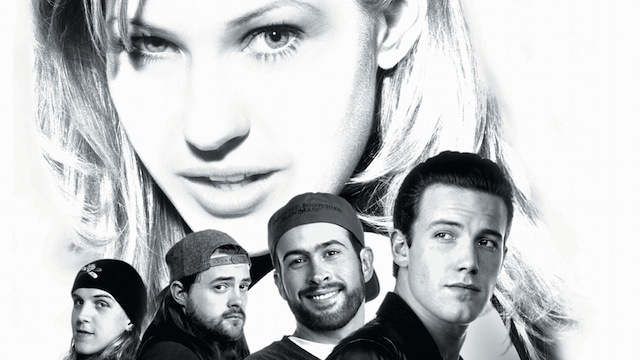
Chasing Amy is similarly one of those cliché man-gets-the-girl-despite-her-sexuality movies. From general misogynistic themes like “men are only friends with women if they want to sleep with them” to the countless times where straight men try to prove their superiority to “carpet munchers”, this film embodies everything that the straight world thinks about lesbians.
8) High Art
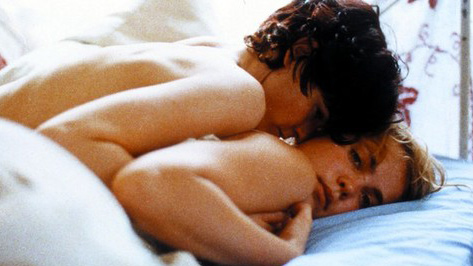
If you’re looking for a movie that suggests lesbianism is incidental, or a phase, look no further than High Art. In a drifting relationship with her boyfriend, Syd (Radha Mitchell) is suddenly enchanted by photographer Lucy (Ally Sheedy). It’s unclear whether the attraction is due to Lucy’s allure, the heroine usage or just the downfall of her heterosexual relationship. But, when she’s confronted by her boyfriend, she’s not even sure whether she’s actually in love with Lucy. The portrayal of the lesbian relationship suggests a fantastical understanding of how they operate, diminishing its value and making a mockery of love.
7) The Kids Are All Right
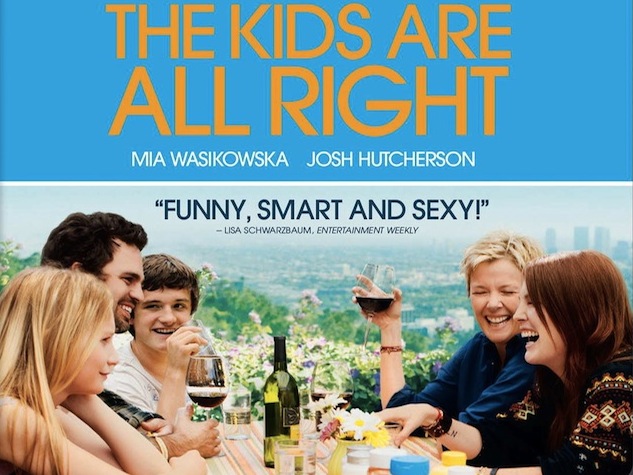
It is the general consensus among many members of the LGBTQ community that The Kids are All Right did a disservice to lesbian representation. Forget the potentially “worst lesbian sex scene in all of film history”, we find a narcissistic, heterosexual male who is able to– multiple times– woo a lesbian away from her sexuality because, well, he’s “the man”. What’s more, the heterosexual sex scenes are glorified while the sex between the two lesbian partners appears to be more of a chore. Commitment is upheld in the end, but the sense of reproductive narcissism embodied by Jules hits a sore spot with many of us lesbian viewers.
6) Wild Things
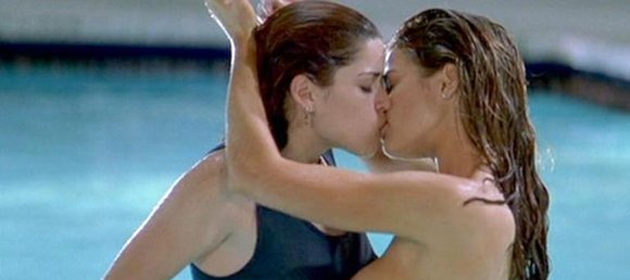
One of the biggest problems with lesbian imagery in mainstream culture is its incessant need to be performed for the fulfillment of men. In Wild Things, the swimming pool sex scene between the two leading characters (Nev Campbell and Denise Richards) is obviously filmed in a way to entertain men and eroticise the image of two women. Aside from the intentional film techniques directed toward the male audience, one of the male characters (Kevin Bacon) hides from view while he films an intimate moment between the two women, hence enforcing the idea that the pleasure they’re experiencing is not for their own benefit, but for the male viewer.
5) Loving Annabelle
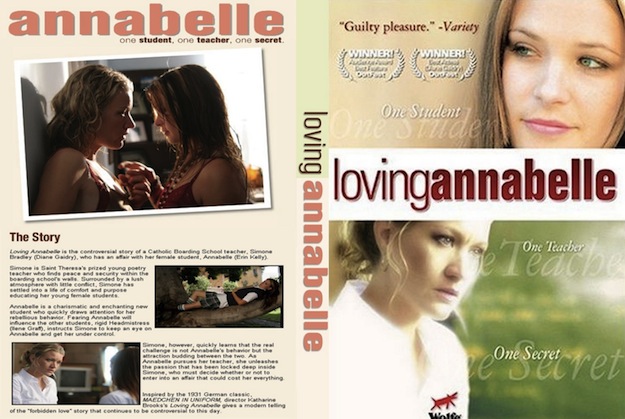
If lesbians aren’t there man’s pleasure, then they’re there for man’s detriment, often cast in predatory roles. Either way, lesbianism is negative; lebsians are disgraceful. Loving Annabelle tells the story of a teacher and student who enter into a relationship, suggesting that lesbians would just as easily corrupt a child if she were unable to find love. Furthermore, this film purports the stereotype that gay teachers are more likely to abuse children. Interestingly, a heteronormative, mainstream representation of this story featuring a male teacher/ female student relationship would only cast doubt on the man, not on heterosexuality.
4) Lesbian Vampire Movies
Many people may not know about this sub-genre, but lesbian vampire movies are a thing. Maybe it’s the taste of blood, maybe it’s the enticing, sexually active woman, but either way, the combination of lesbian and villain is damaging. For starters, it is an obvious invention, not for the lesbian audience at large, but for the heterosexual male audience—a way to minimize lesbian relationships while the man saves the “damsel in distress”. What’s more, in creating a super-natural creature, incapable of actual existence, the lesbian vampire not only draws a connection to the illegitimacy of lesbians, but also avoids a legitimate threat to straight male sexuality.
3) Silence of the Lambs
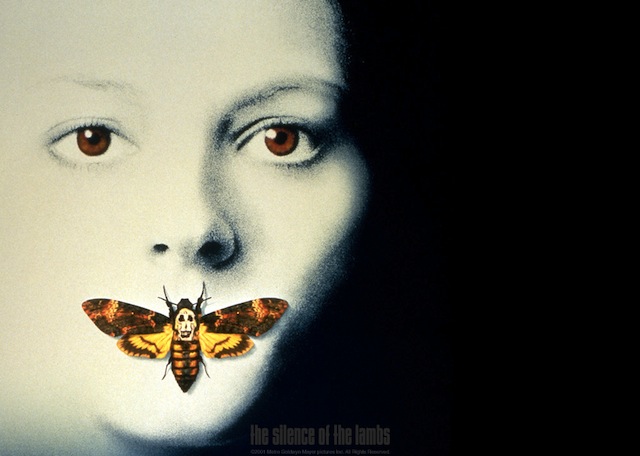
Silence of the Lambs is not unique in it’s misrepresentation of the transgender community, yet it is one of the most well-known movies that hosts a trans character—the psychopathic serial killer, Buffalo Bill. We see this character adorning the skin of his victims as he effeminately dances around the room. He doesn’t hold a lot of screen time in the movie, but is nonetheless a blatant example of correlating trans people with violence, with fear and with abnormality. Until recently, trans characters have historically been cast in a negative light and even now, the positive visibility in film is at best miniscule.
2) The L Word
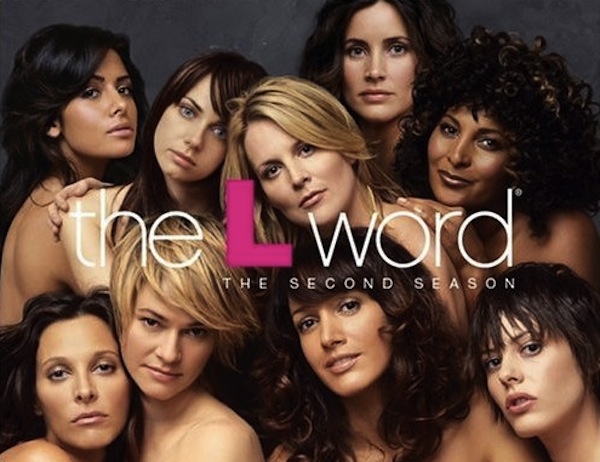
I know what you’re thinking, “The L Word did so much for opening the eyes of the mainstream culture to the realities of lesbian life”. And it did, it just didn’t go far enough. First and foremost, The L Word catered to the prescribed notions of femininity. Secondly, the show started with an idea of bisexuality (both Alice & Jenny), but never touched on the idea again, extending the notion that bisexuals are really either gay or straight and will eventually lean toward one direction. Not to mention, it wasn’t until season three that we encountered a butch character, and it wasn’t until season four that they included a trans man. Even then, the writers did not entirely clarify the distinction between butch and trans which could easily cause confusion for the general population in regards to understanding the nuances of LGBTQ community. So, yes, while The L Word brought about more visibility, there is still a lot to learn.
1) PORN
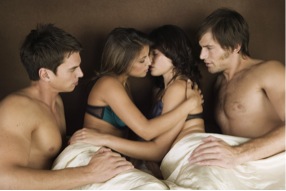
In general, we can pretty much all agree that pornography misrepresents sex in-itself. More specifically though, unless you’re watching lesbian-owned production companies with lesbian actors, you’re likely watching two heterosexual women perform a plotted out progression of what heterosexual men assume lesbian sex is. Which is exactly why “lesbian” porn ranks as the number one offender on this list. Lesbian sex is varied and is not restricted to a script of oral-penetration-orgasm with long fingernails, we all aren’t perfect models of the “feminine ideal”, and what’s more, we actually enjoy sex and are doing it for ourselves, not for the pleasure or benefit of anyone else. So if you’re in the mood to enjoy one of these movies, be sure to go the extra mile and purchase from a lesbian owned company, like hotmoviesforher.com, that isn’t going to perpetuate false representations.

